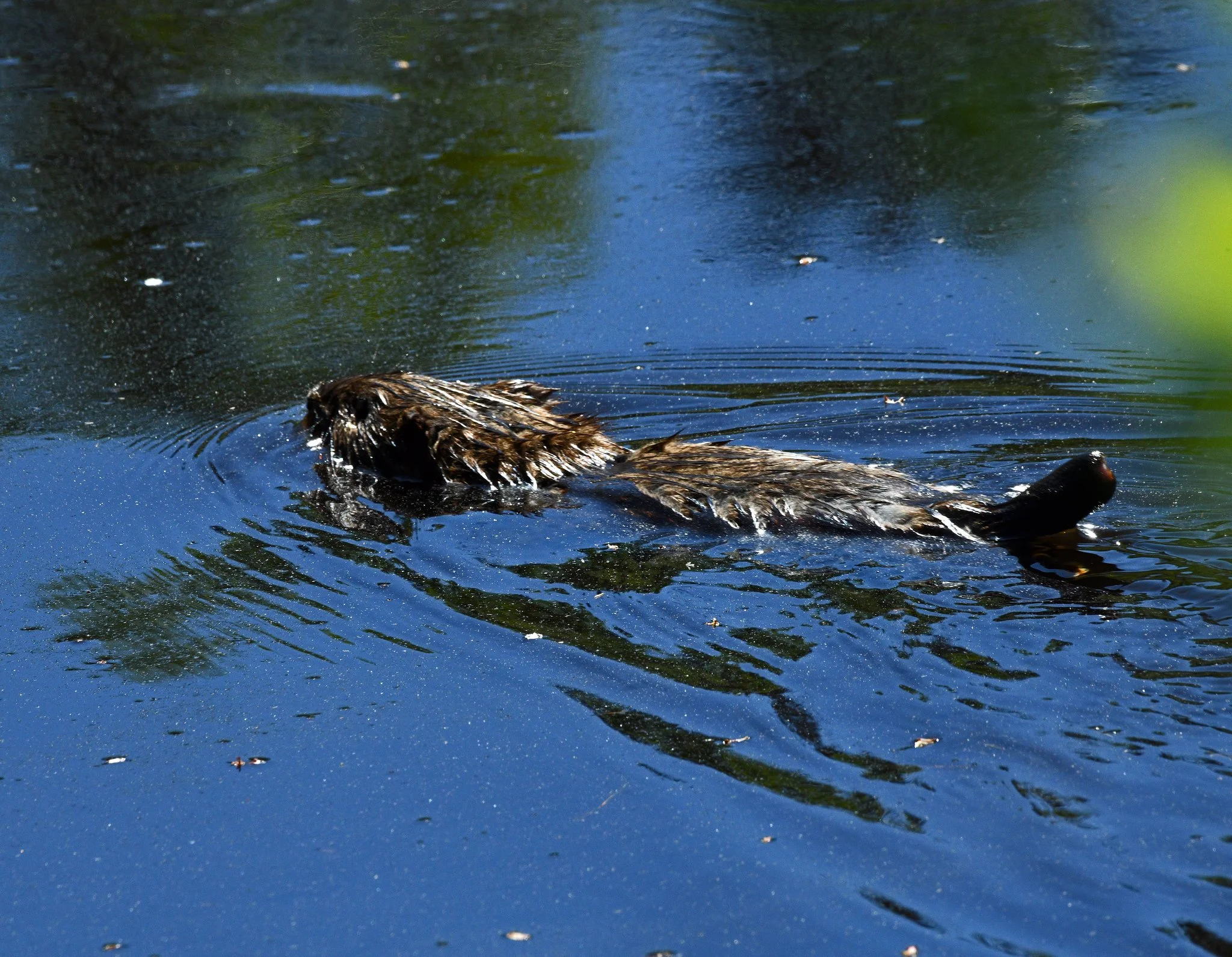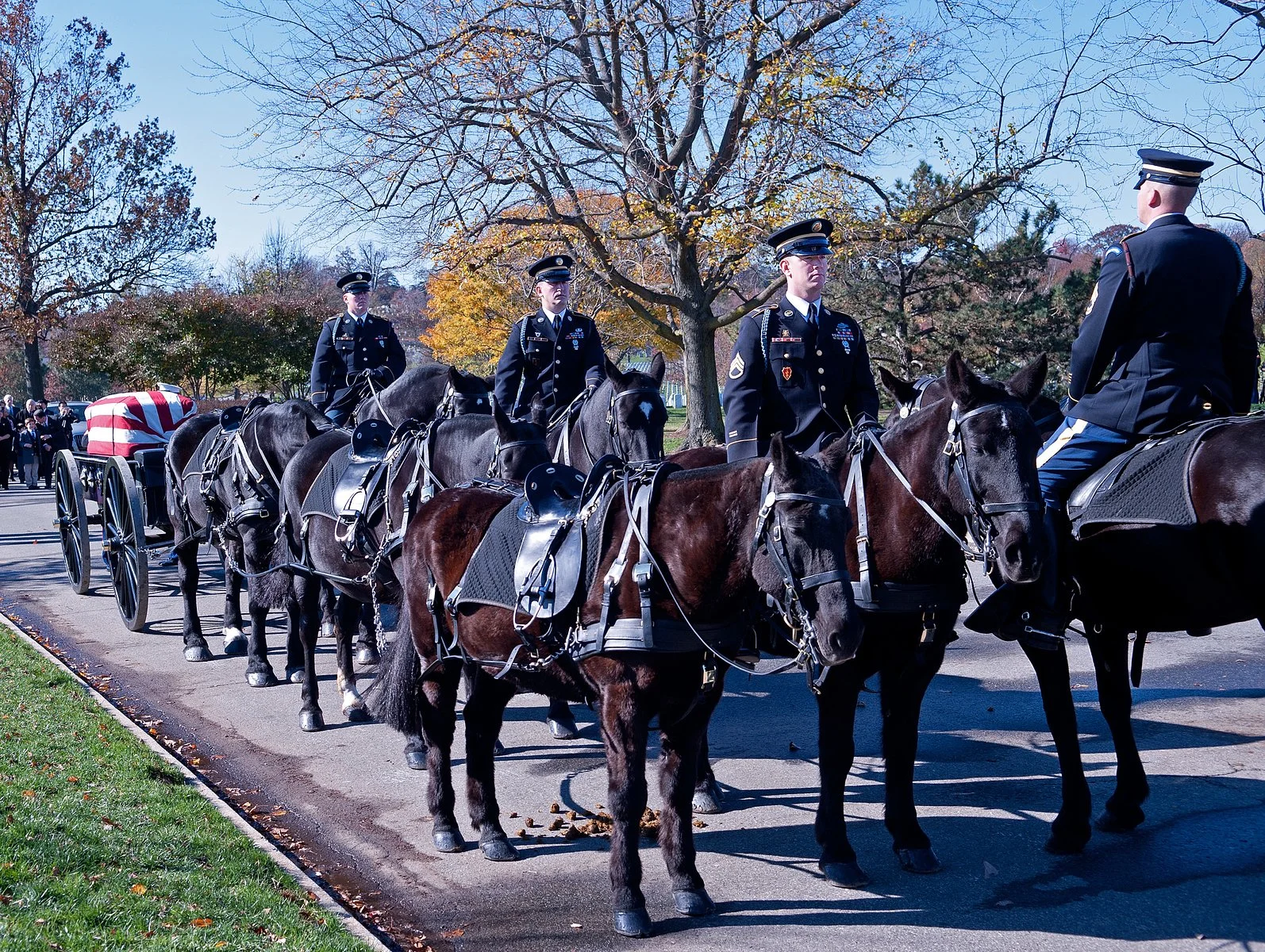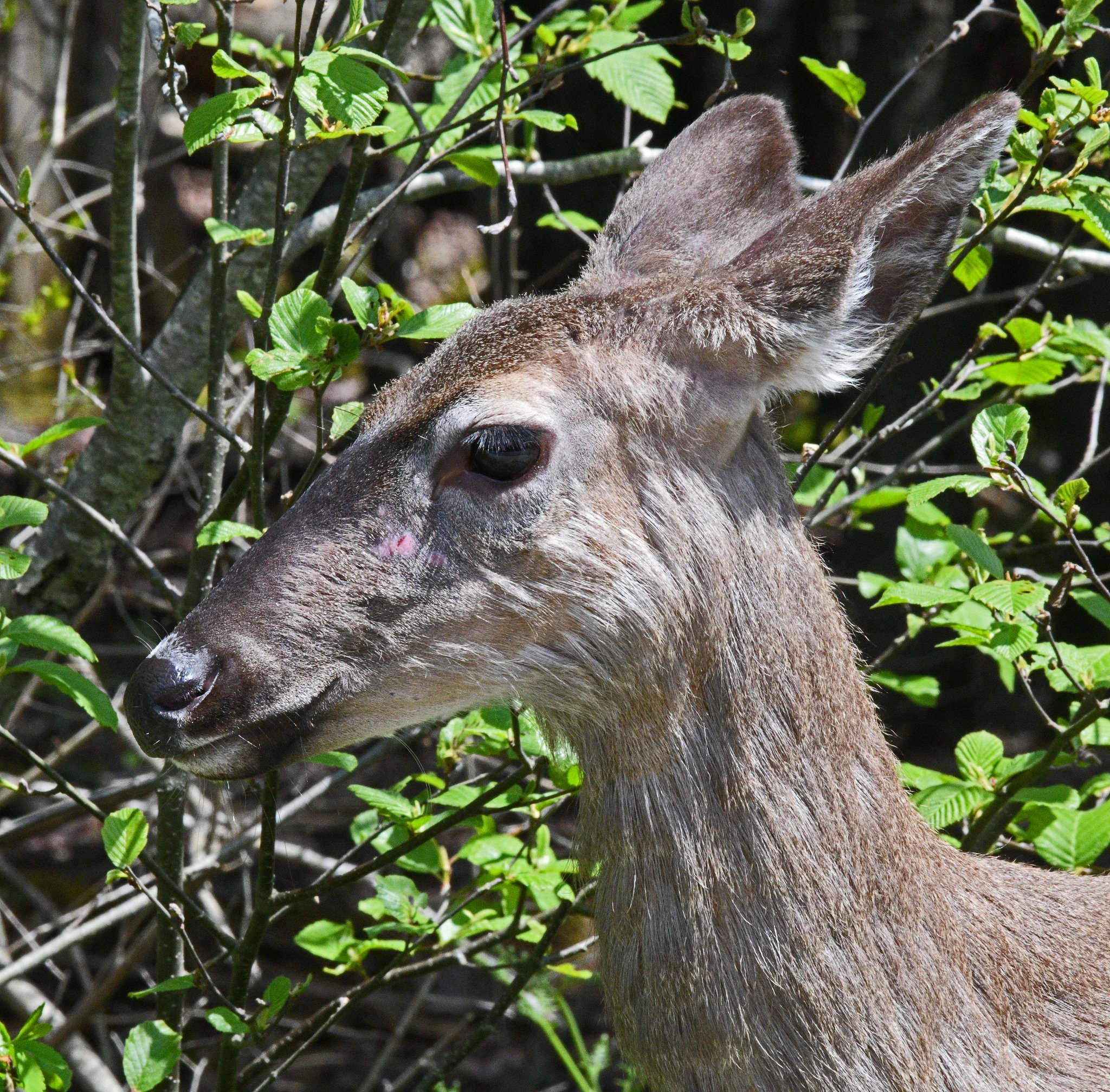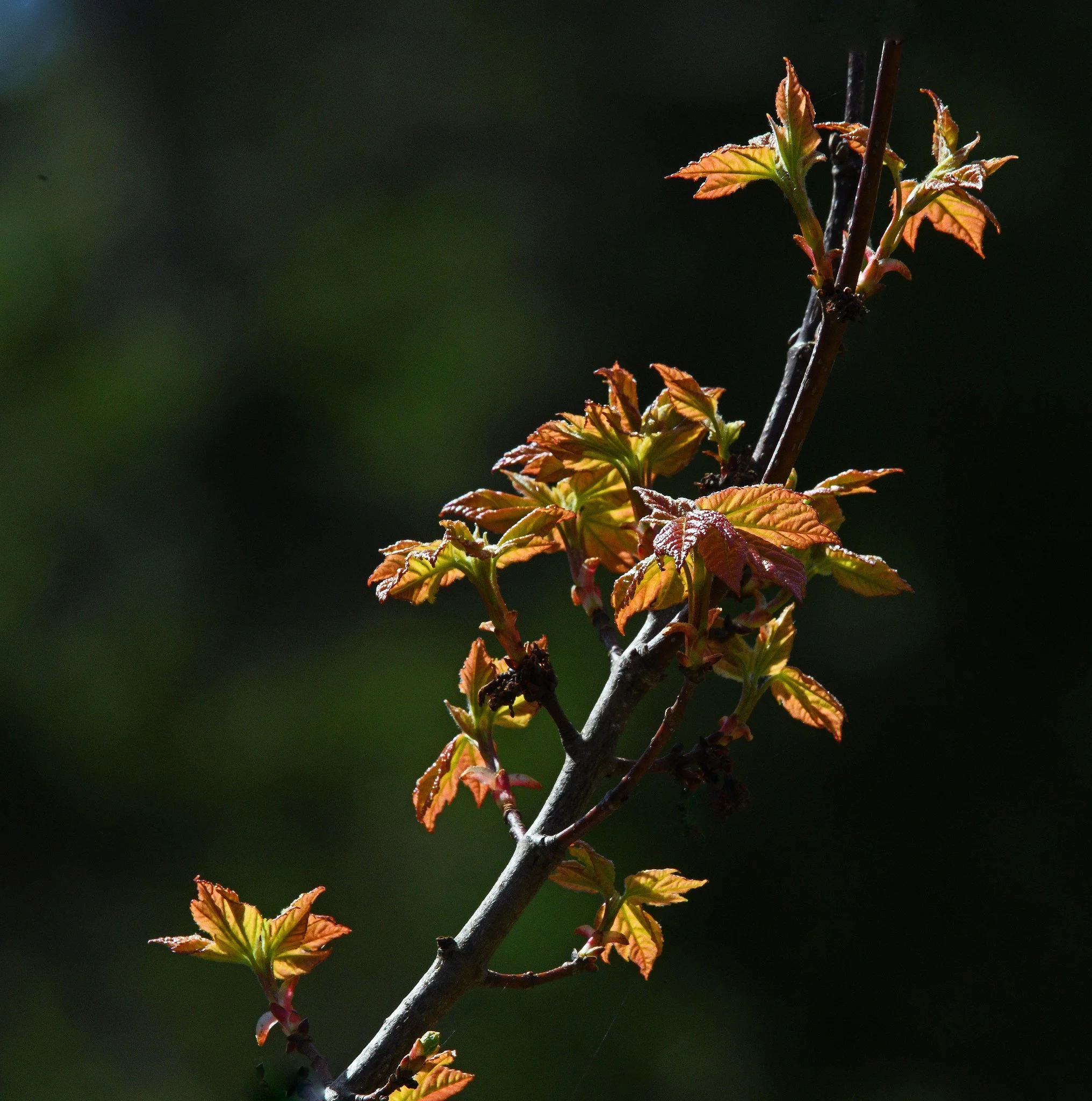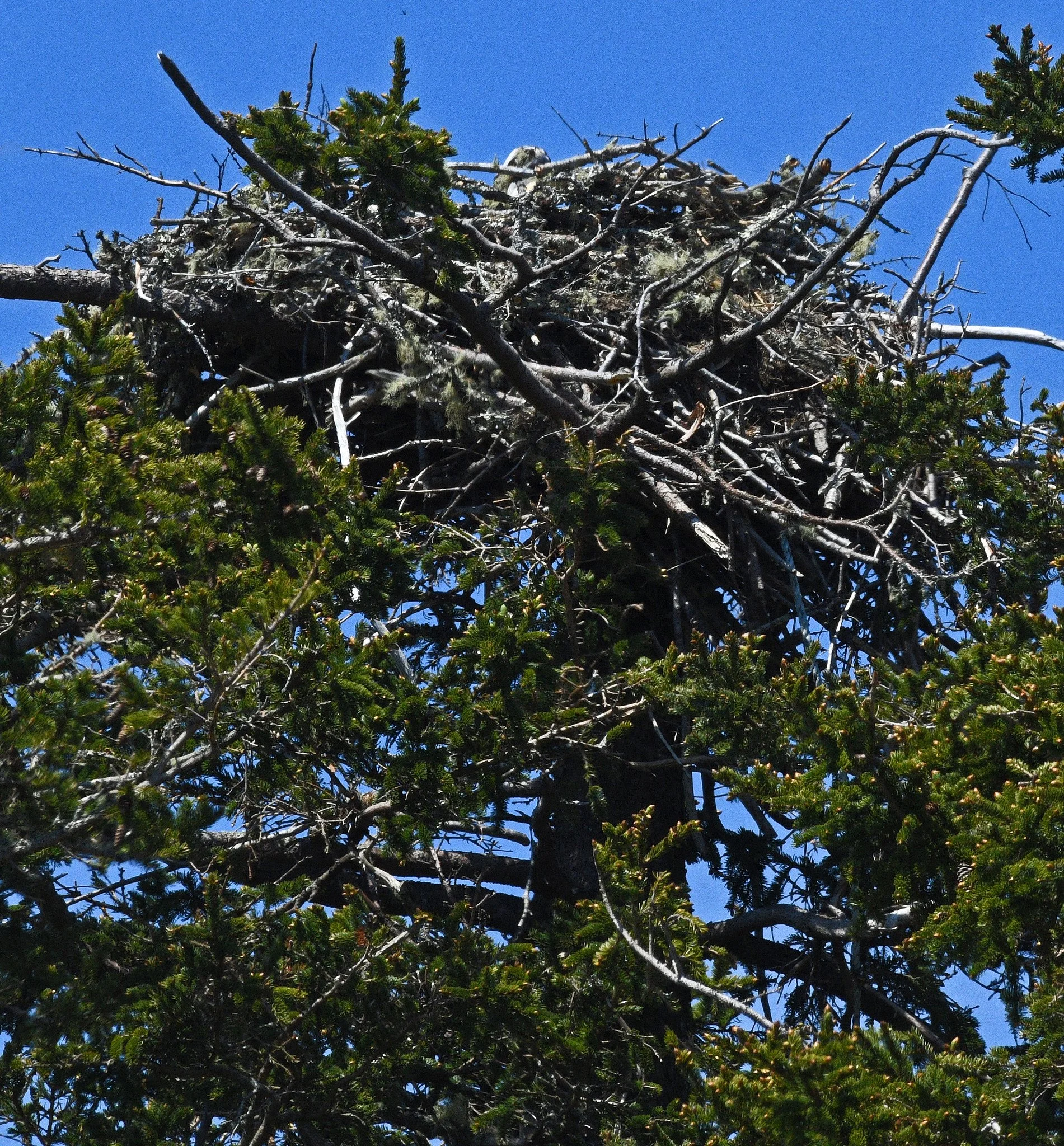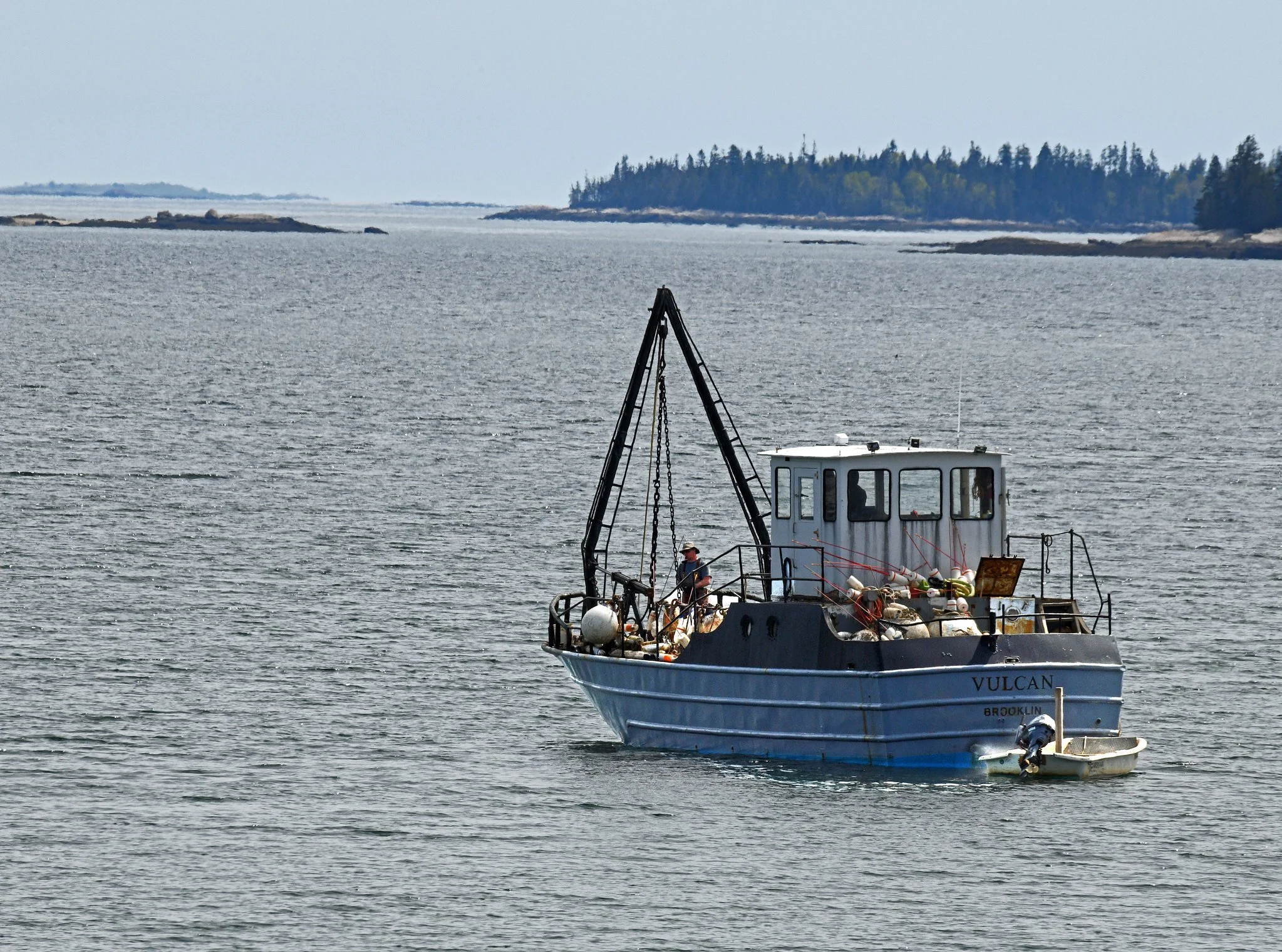Mallard ducklings usually are among the earliest waterfowl to hatch and start being cute around here. At first, I didn’t see this proud mom and her fluffy sextuplets yesterday among the reflections in a local pond. But (of course) the youngsters can’t sit still the way Mom can.
When she knew that I had seen her family, she calmly guided them to the other end of the pond, where they disappeared completely among the cattails.
Mallards are the most numerous and most heavily hunted ducks in the country, according to Vickory (“Birds of Maine”). However, although native to America, they’re not native to Maine. Vickory reports that they were raised by state wildlife officials and introduced for hunting here beginning in 1940. They liked what they saw and prospered despite the presumptuous invitation. (Images taken in Brooklin, Maine, on May 29, 2024.)






